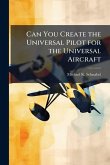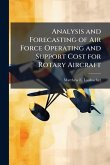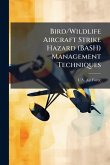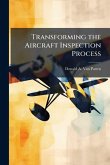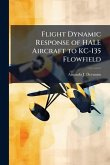The United States Air Force (USAF) has a formal process for conducting investigations of its aircraft mishaps. The system has undergone several changes over the years, each designed to make the process more effective in saving lives and resources. Critics of the current system believe that the USAF has still not gone far enough with their changes. Organizations not directly involved in mishap investigations still have too much influence on what information goes in the memorandum of final evaluation (MOFE), or the Air Force's official position on each mishap. This disrupts the investigation process. As a result of the outside influences, the investigation boards lose credibility and the aviation community loses confidence in their mishap reports. The effectiveness of the program is weakened. This paper analyzes the concerns of the critics. This is supported by a review of past mishap reports where the author compares safety investigation board reports with their respective MOFEs. Also, the paper reviews comments provided by other research, including a report by the Blue Ribbon Panel on Aviation. Using this information, the paper provides suggested improvements to the USAF aviation safety mishap reporting process. The improvements minimize the changes that are occurring between the safety investigation board report and the generation of the MOFE. This will revitalize confidence in the mishap reports, resulting in a more effective program that saves more lives and resources. This work has been selected by scholars as being culturally important, and is part of the knowledge base of civilization as we know it. This work was reproduced from the original artifact, and remains as true to the original work as possible. Therefore, you will see the original copyright references, library stamps (as most of these works have been housed in our most important libraries around the world), and other notations in the work. This work is in the public domain in the United States of America, and possibly other nations. Within the United States, you may freely copy and distribute this work, as no entity (individual or corporate) has a copyright on the body of the work. As a reproduction of a historical artifact, this work may contain missing or blurred pages, poor pictures, errant marks, etc. Scholars believe, and we concur, that this work is important enough to be preserved, reproduced, and made generally available to the public. We appreciate your support of the preservation process, and thank you for being an important part of keeping this knowledge alive and relevant.
Bitte wählen Sie Ihr Anliegen aus.
Rechnungen
Retourenschein anfordern
Bestellstatus
Storno


